China has a host of awe-inspiring traditional festivals throughout the year, many of which have been celebrated for over two millennia. Chinese festivals are an integral part of Chinese culture and are steeped in traditions, history, food, music, and customs that you won’t find at any cultural museum.
So, what are the most rewarding festivals to experience on your China cultural journey? In this article, we will go over the top 9 famous traditional Chinese festivals, each with traditions that Chinese people hold dear.
Chinese New Year
In Chinese: 春节,中国农历新年
Date: The first day of the first lunar month
History: Over 4000 years
Celebrations & Activities: Offering sacrifices to the kitchen god, sweeping dust, pasting couplets, pasting New Year pictures, sticking blessings, New Year's Eve, eating dumplings, New Year's money, temple fairs
Festival Food: Niangao (New Year cake), dumplings, spring rolls
Chinese New Year, also known as Spring Festival or the Lunar New Year, is one of the grandest and most distinctive traditional Chinese festivals. Generally, it refers to New Year's Eve and the first day of the first lunar month. Chinese New Year celebrations usually start from the Laba (the eighth day of the twelfth lunar month), or Little New Year (the twenty-third day or twenty-fourth of the twelfth lunar month), until the Lantern Festival.
The Spring Festival has a long history, originating from the primitive beliefs and nature worship of early mankind. It is a primitive religious ritual that evolved from the ritual of praying for the year at the beginning of the year in ancient times. People would hold rituals at the beginning of the year to pray for a good harvest and prosperity for people and animals in the coming year.
In addition, each Chinese zodiac year also begins with the Lunar New Year.
On December 4, 2024, the Chinese New Year was included in the list of UNESCO World Cultural Heritage.
Chinese Lantern Festival
In Chinese: 元宵节
Date: The 15th day of the first lunar month
History: Over 2000 years
Celebrations & Activities: Light lanterns and fireworks, guess lantern riddles, eat yuanxiao together, social fire performances such as dragon dance and stilt walking
Festival Food: Yuanxiao or Tangyuan (sweet dumplings)
The Lantern Festival is the last major festival in the annual Chinese New Year celebration. It originated when Emperor Wu of the Han Dynasty burned a lantern to sacrifice to the god Taiyi on the 15th day of the first month of the Chinese calendar.
Since the Han Dynasty, the “Taichu Calendar” was established and promulgated, the 15th day of the first lunar month has been identified as an important Chinese festival. Later, since the Tang Dynasty, the Lantern Festival became a legal thing and gradually became a folk custom.
Qingming Festival
In Chinese: 清明节
Date: April 4 or 5
History: Over 2500 years
Celebrations & Activities: Tomb sweeping, spring outing, swing, kite flying, tree planting
Festival Food: Green dumplings (sweet glutinous rice balls)
Qingming Festival, also known as the Tomb Sweeping Festival, is a Chinese festival of sacrifices, ancestor worship, and grave sweeping. The Qingming Festival is known as one of the four great traditional festivals in China, along with the Chinese New Year, Dragon Boat Festival, and Mid-Autumn Festival.
The Qingming Festival is said to have begun in the Zhou Dynasty with the belief of the ancestors of emperors and generals and the rituals of spring. The Qingming Festival was first known as one of the twenty-four solar terms, but from the Tang Dynasty to the Ming and Qing Dynasties, the custom of paying homage to ancestors and honoring deceased loved ones was prevalent during the Qingming Festival.
Dragon Boat Festival
In Chinese: 端午节
Date: The fifth day of the fifth lunar month
History: Over 2000 years
Celebrations & Activities: Hanging the statue of Zhong Kui, hanging calamus, taking a bath in mugwort, wearing a scented sachet, and dragon boats racing
Festival Food: Zongzi, five yellow foods (Croaker, cucumber, eel, duck egg yolk, realgar wine), salted duck egg, Mung bean cake
Dragon Boat Festival, one of the four traditional Chinese festivals, is about worshiping gods and ancestors, praying for blessings to ward off evil spirits, entertainment, and eating. The Han, Shui, Naxi, Tibetan, Yi, Dai, Gelao, and Pumi ethnic groups celebrate this festival in China.
The origin of the Dragon Boat Festival has been discussed differently since ancient times. Some of the main ones are: commemorating Qu Yuan, welcoming the Tao God (Wu Zixu was transformed into the Tao God after his unjust death), the evil day, the festival of the dragon (i.e., sacrificing to the dragon totem), and the summer solstice.
The origin of the Dragon Boat Festival covers ancient astrological culture and humanistic philosophy. The customs vary in different places due to different regional cultures.
Double Seventh Day
In Chinese: 七夕节
Date: The seventh day of the seventh lunar month
History: Over 2000 years
Celebrations & Activities: Vigil wishing, exposing books, drying clothes, praying for marriage
Festival Food: Maqiao (A sugar cake made from flour), crunchy candy
Double Seventh Day (aka Qixi Festival) is so named because it is celebrated on the seventh day of the seventh month of the lunar calendar. It originated from ancient Chinese people's worship of natural celestial phenomena and time.
As early as the era of the Book of Songs, people were aware of the celestial phenomenon of the Cowherd and the Weaving Maiden. In the Eastern Han Dynasty, there was a poem: “When the Weaving Maiden crosses the river on the seventh day of the seventh month, she makes the magpie a bridge.” Hence, the love story of Cowherd and Weaving Maiden meeting on the seventh day of the seventh month was derived.
As Valentine's Day in China, Double Seventh Day is a romantic Chinese festival for young girls to sacrifice to the star god and pray for spiritual and manual dexterity.
Chinese Ghost Festival
In Chinese: 中元节, 鬼节
Date: The fourteenth or fifteenth day of the seventh lunar month
History: Over 3000 years
Celebrations & Activities: Ancestor worship, river lantern, sacrifice of the dead, burning paper money
Festival Food: Duck, dumplings, steamed sponge cake
Originally known as the Zhongyuan Festival in Taoism and known as “Ullam-bana” in Buddhism, the festival is also called the Hungry Ghosts Festival and the Mid-July Days. It carries the dual functions of ancestor worship and thanksgiving; therefore, it is an important Chinese festival for people to express their filial respect and remembrance for their deceased parents and ancestors.
During the festival, river lanterns are often released, with lamps or candles at the base, to help the ghosts and other spirits in the water. The burning of “street clothes”, along with joss sticks and candles, gold and silver clothes, and paper, is a folk custom of the Ghost Festival that has been preserved in Hong Kong.
It is also believed that ancestors will return home to visit their children and grandchildren on the Ghost Festival, so it is necessary to burn paper money to offer sacrifices to ancestors. In recent years, people have also burned paper houses and mobile phones for their ancestors.
Chinese Mid-Autumn Festival
In Chinese: 中秋节
Date: The fifteenth day of the eighth lunar month
History: Over 2000 years
Celebrations & Activities: Worshiping the moon, admiring the full moon, fire dragon dance, playing with lanterns, enjoying osmanthus flowers
Festival Food: Moon cakes, osmanthus wine, sweet potatoes, taro, river snail
The Mid-Autumn Festival, or Chinese Moon Festival, originated from the ancestors' worship of celestial phenomena and evolved from the moon sacrifice on the autumn eve in ancient times. Regarding the Mid-Autumn Festival, there are ancient rituals and many myths and legends, such as the Goddess Chang'e Flying to the Moon, Wu Kang Chopping down the Cassia Tree, and Emperor Ming Huang of the Tang Dynasty Visiting the Moon Palace. Today, the theme of “family reunion” is the main cultural connotation of the Mid-Autumn Festival in China.
Moon cakes were initially used as offerings to the moon god. Later, people came to regard the Mid-Autumn Festival as a day of family reunion to admire the moon and eat moon cakes. Traditional Chinese festivals are characterized by an emphasis on family bonding. Among them, the Spring Festival and the Mid-Autumn Festival are the two that emphasize family reunions the most.
Double Ninth Festival
In Chinese: 重阳节
Date: The ninth day of the ninth lunar month
History: Over 2000 years
Celebrations & Activities: Climbing high to pray for good luck, worshiping gods and ancestors, sun and autumn, enjoying chrysanthemums, longevity banquet
Festival Food: Double Ninth cake, chrysanthemum wine
Chongyang Festival, or Double Ninth Festival, is celebrated on the ninth day of the ninth month of the lunar calendar. In traditional Chinese culture, “nine” is the largest number in the numerals, which means long life. Therefore, the Double Ninth Festival is a blessing for the elderly to live a long and healthy life.
Ancient Chinese people offered sacrifices to the Emperor of Heaven and their ancestors in September when the crops were harvested in order to thank the Emperor of Heaven and their ancestors for their benevolence. This is the original form of the Chongyang Festival that exists as an autumn harvest ritual.
As a traditional Chinese festival with the theme of respecting the elderly, climbing up to the top of the mountain and enjoying autumn are also important activities of this festival.
Winter Solstice (Dongzhi) Festival
In Chinese: 冬至
Date: The festival takes place from December 21 to December 23.
History: Over 4000 years
Celebrations & Activities: ancestor worship, rice wine brewery, eating dumplings
Festival Food: Dumplings, tangyuan, chicken soup, sticky rice cake
The winter solstice is both an important festival among the twenty-four solar terms and a traditional Chinese festival of ancestor worship. The winter solstice was measured by the ancestors in the Neolithic period and recorded in the Shang and Zhou dynasties. In the Han Dynasty, it was regarded as the “Winter Festival”. In the Tang and Song dynasties, it was a day of ancestor worship, with the emperor sacrificing to heaven and the people worshiping their elders.
Winter solstice customs vary in different places. In the south, there are traditions of ancestor worship and feasting on the winter solstice. In the north, there is the custom of eating dumplings on every winter solstice.

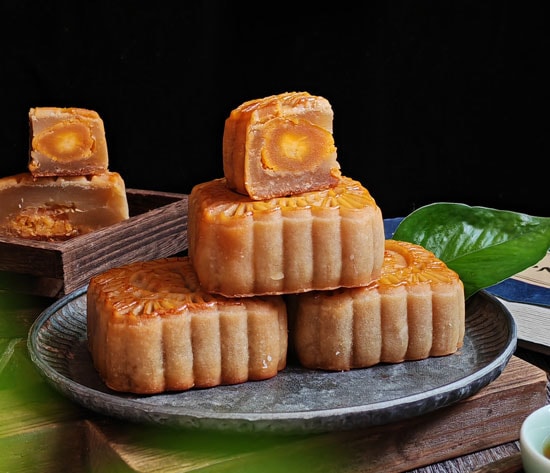
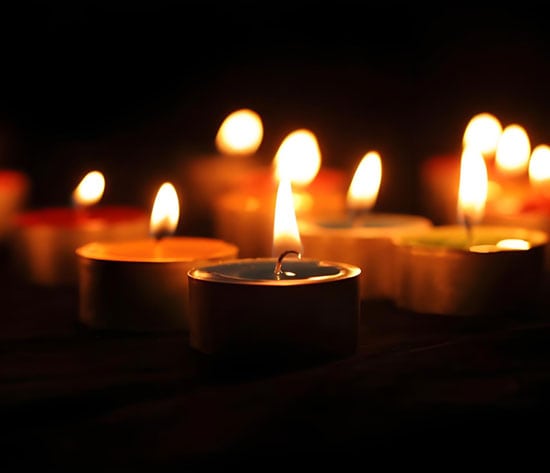
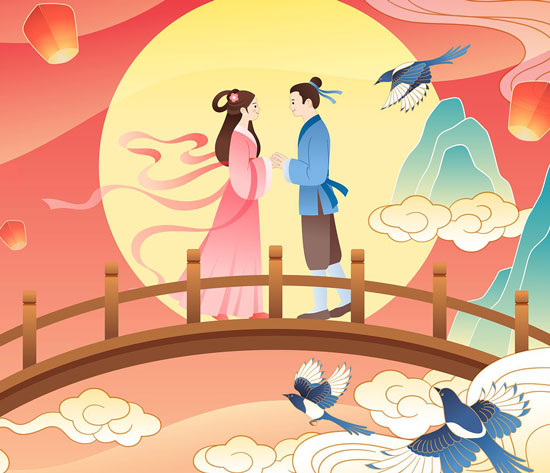
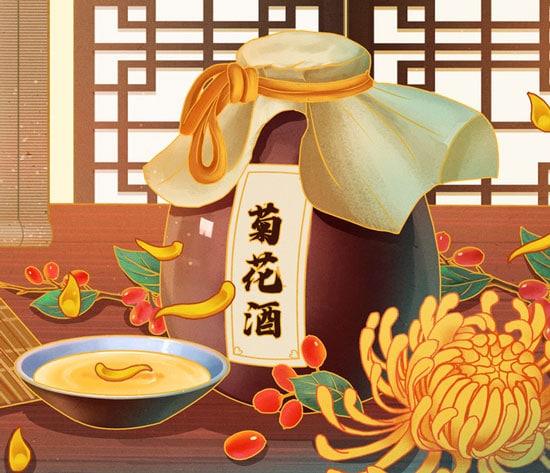
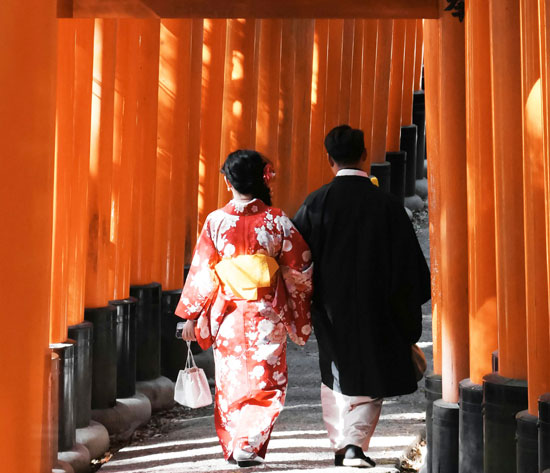
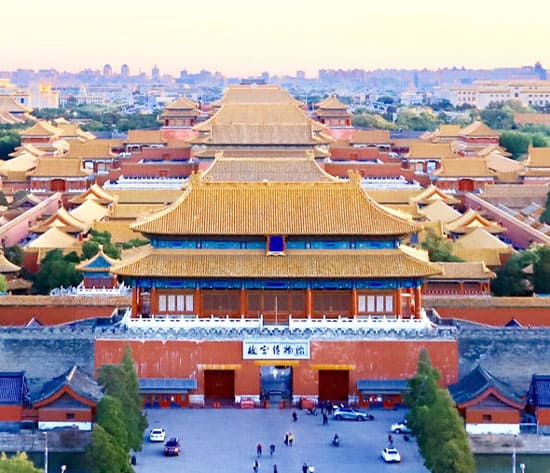
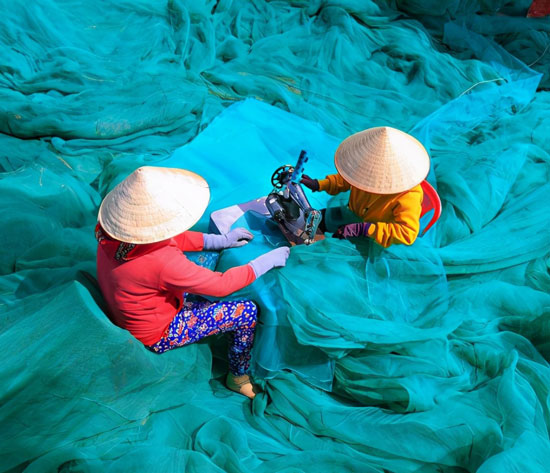
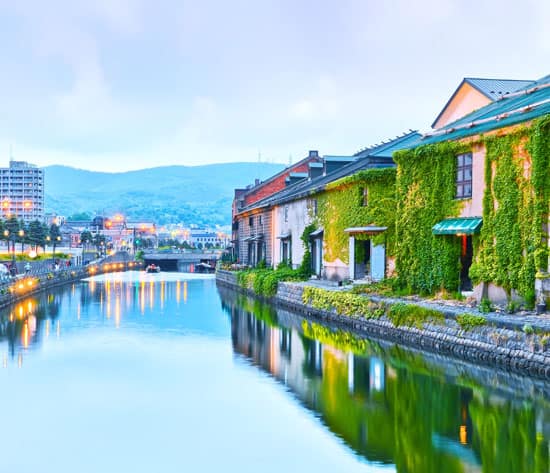
Have a Question?
You might see your comment appear on this page, but your email address and full name will not be published. Your personal information will remain confidential. Our Asia travel experts will get back to you as soon as possible. Required fields are marked *